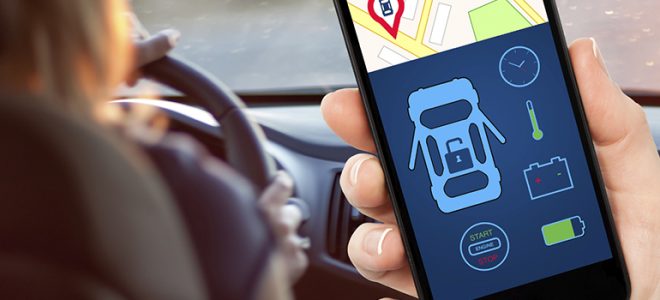Smart cars are commonplace nowadays. They bring motorists’ comfort to a new level, along with collateral risks. However, marketers often omit smart cars’ drawbacks and focus on advantages instead to make you shell out a considerable sum of money. The problem is that any connected thing can be hacked. With a hacked account, you risk losing your data and money. With a hacked smart home appliance, like a TV or boiler, you cannot notice at all until they slow down or stop working. Although missing a favorite TV show or having a cold shower in the morning is annoying, it’s not life threatening. Hacked cars are another story.
Several years ago, Wired’s Andy Greenberg had his Jeep hacked by Charlie Miller and Chris Valasek. They started by changing radio stations in his car’s Hi-Fi system, which was innocent enough. Then, when Andy brought his car to an empty parking lot, a more or less safe and controlled environment, they took command of the steering wheel and drove him over the shoulder and down a hill! If you think that things have looked up since, you are wrong. Smart vehicles have no antivirus software. That’s why you have to use your own smarts to protect the smart car.
To be more precise, almost every modern vehicle is connected to the Web via smartphones. If your car features Apple CarPlay or an Android Auto unit, you’re in. Then your security measures are to follow the usual cell phone security routine:
- Use a reliable passcode, in addition to a fingerprint or face scanner.
- Download maps, songs, and other files from licensed content providers only.
- Do not connect to public Wi-Fi or a stranger’s Wi-Fi with no-password access. Use a 4G network.
Now let’s talk about keyless cars. One little key fob grants access to a car, unlocks the steering wheel, and starts the engine. About five years ago, only posh cars could boast such a system, but now even mid-class cars can feature keyless access; it will become an industry standard very soon. So it’s high time to remember some simple security rules:
- Always keep your key fob in a Faraday pouch when away from the car. This pouch blocks the key fob signal and prevents criminals from reading and copying it. If you don’t have a pouch yet, any tin box or a thick layer of foil will do.
- Open your car, start the engine, or turn on the climate system remotely only when you absolutely need it. Otherwise, try to do it as closely to the vehicle as you did with physical keys.
- When leaving your car, check that every smart and non-smart function of your car is turned off.
- If your car maker has locked some of your car features, do not try to unlock them with a third party software you found in Google. This software can mess up the whole system or contain a backdoor. There’s no way to tell if it’s a poorly made piece of code or a malware, because cars still have no antivirus.
- Check that your key fob is properly charged.
Let’s expand the last point. What if your key fob dies unexpectedly? Say you forgot to change the batteries, dropped the device, or drowned it. Don’t panic! Many manufacturers foresaw such a situation and installed a backup system (or as some makers put it, a valet mode):
- Check if your key fob features a temporary, pull-out key inside.
- Find a hidden keyhole in your car (the most likely place is the driver’s door handle, under a cap). Use this keyhole to start the engine. (Always keep the owner’s manual hidden in the glove compartment.)
- If you have no pull-out key, try holding the key fob very close to the driver’s door handle. With any luck, the fob will have enough juice to unlock the door.
- Some cars allow you to start the engine with a dead key fob. You have to touch the ignition button with it for your car to “recognize” you. More often, car makers install a secret button for such an emergency, so please look it up in your manual.
- If you have no hidden key, perhaps your car has “remote services.” Call the manufacturer’s helpdesk or roadside assistance line and ask them to unlock the car for you.
- If nothing else helps, ask someone to loan you a battery to unlock the door and start the engine, or call friends or AAA.




